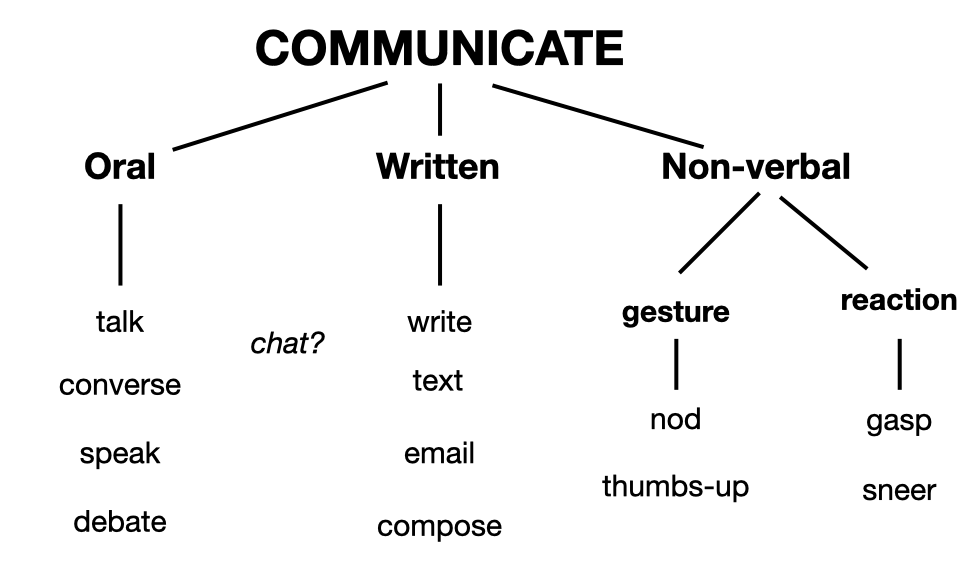Networks and Mapping
Mapping Words to Support Understanding
Although many vocabulary programs present words in lists, they are actually learned and stored in mental networks, as represented in maps. Maps can be useful tool when introducing a word. It is hard to imagine fully understanding the meaning of volcano without also knowing about eruptions, lava, flow, destruction, and tectonic plates. Word mapping describes the practice of writing a vocabulary word in a circle and then connecting it visually through spokes to variations of the word or related words. Are there synonyms for the word? What experiences do students have with it? What do students think it means? Mapping is an important tool for solidifying students’ understanding of a word and its nuances.
Mapping words is beneficial for both teachers and students.
Students get to see that maybe they do know something about it. The teacher is also able to see what their students know and what they don't know. That provides an immediate anchor for next steps, instructionally: What must be taught in order to really help students understand what that word means?
Mapping Polysemous Words
Alternatively, mapping might clarify how to use a polysemous word, such as run, showing how the word can be used with slightly different meanings in different contexts. Sometimes those meanings are closely related, but sometimes the word meaning has expanded so much that the meanings aren't obviously related. For example, someone might say: “The scientist ran an experiment.” or “She ran the new machine.” But students only know the meaning of run as in, “They ran a race.” Teachers can visually link the various meanings of
run in different contexts.
Professional Learning Task
One form of word mapping is using
hypernym trees.
Examine the example below and determine why they are formed as they are.

With colleagues, come up with more hypernym trees that are appropriate for your subject area or grade level.
